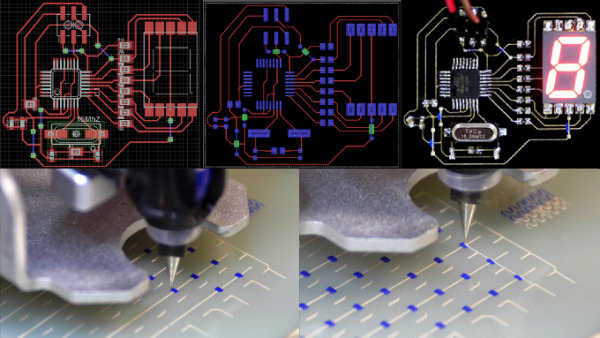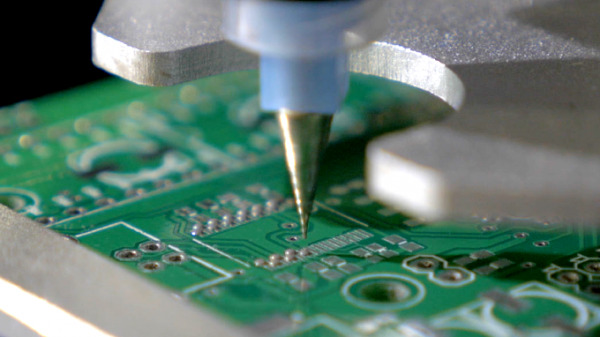Voltera brings the convenience of printing to circuit boards
Compared to a few years ago, the modern day maker seen have become rather simpler, faster, and more efficient, with the rise of cheap programmable boards to the popularity of 3D printing. Despite that, printing a circuit board is still mostly done the old fashioned way. Either you make it yourself with dangerous chemicals or wait weeks for a fab house to get back to you. Voltera wants to revolutionize even this part of the DIY process by providing a printer that can print out circuit boards in no time.
To be clear, Voltera isn't a replacement for mass produced PCBs. Instead, it is a tool for prototyping, the stage when you need quick testing and fast iteration. Fast means not having to wait for a fab factory. But it also means being able to churn out the right board properly. Voltera lets you do this by allowing you to print your own PCB at the speed of, say, a desktop 3D printer, or even faster.
Like a regular printer, Voltera uses ink, but the kind that can conduct or insulate electricity. Conductive ink is, of course, used to lay out the traces. The insulating ink, on the other hand, is for creating bridges on top of existing traces. The latter is what makes Voltera useful even for a two-layer board. The software that comes with Voltera is able to analyze and distinguish such layers so that i can apply the insulating ink in places where two traces intersect.

If that wasn't useful enough already, Voltera has some other side features. It can actually also function as a solder paste dispenser and even reflow those boards. The only caveat for now is that Voltera can only do that for already printed PCBs and not yet for the boards that Voltera itself made. The team behind Voltera, however, are already working on that limitation.

Voltera's appeal to the maker community is so great that it managed to hit more than three times its $70,000 Kickstarter goal and with 28 days to spare. Considering it costs round $1,199 to $1,499 even in this crowdfunding stage, that's quite an achievement. All the Batch 1 slots, which would have their printers shipped by September this year, are gone. Batch 2 will get theirs January 2016.
SOURCE: Kickstarter
